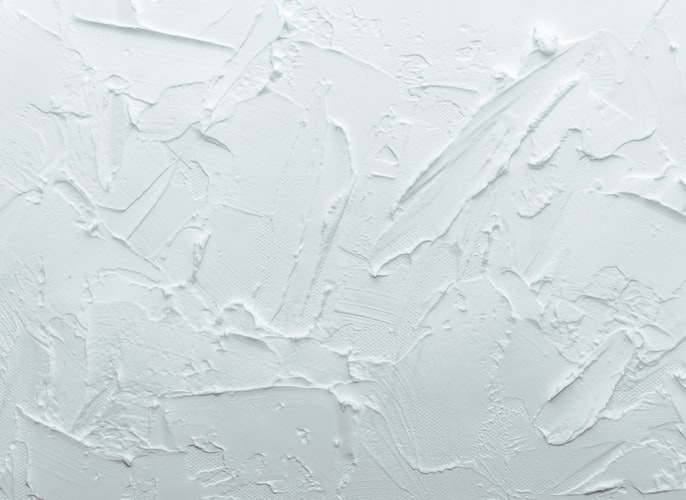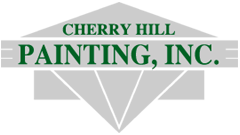
Have you ever looked at a freshly painted wall and been dismayed to see all the flaws that show through? Nicks, nail holes, lumps, bumps, divots, streaks, bits of hair or dirt… how frustrating! The key to a smooth, beautifully painted wall is surface preparation. How do you make a wall that smooth prior to interior painting?
The approach you use to prepare your wall for interior painting depends on how uneven it is beforehand. If you are only dealing with a relatively small number of flaws, you can spot-treat the wall with spackle and sanding. However, if a large proportion of the wall is uneven or blemished, skim coating is your best option.
Spot Treating a Wall before Interior Painting
Two basic types of uneven surfaces exist: low spots that must be filled, and high spots that must be removed. Low spots include nail holes, scrapes, gouges, divots, and other imperfections caused by physical contact. Use a putty knife to firmly push spackle into these low spots, and then scrape away the excess. Try to avoid spreading the spackle in a wide area around the trouble spot. Do this in small layers, letting the spackle dry between each application. While it is true that you can sand away the extra if you put on too much, this can be difficult, and it is better to do too little than an excessive amount.
Once the spots have been filled so that they are level with the rest of the wall, use sandpaper to smooth the surface. You can use an electric sander if you have access to one, but don’t use a rough, aggressive grit. If your spackle was applied lightly enough, it should not take much sanding to get a nice, even surface.
High spots are often caused by drips or streaks from the previous paint job, or by bits of gunk that were caught up in the paint roller and then transferred to the wall. Use a putty knife and try to scrape off these imperfections, or use sandpaper and try to rub them off that way. Start gently, since you don’t want to create more damage by using too much force.
After your spot treatments are done, it is a good idea to prime the treated areas before applying your interior paint. This helps the paint stick better, and makes it more likely to have a uniform surface.
When you do your interior painting, try using a roller cover with a thicker nap (longer fibers). This will give a little more texture to the new paint, which also helps to create a uniform look, especially if you give it two coats. Also, be aware that the more sheen there is in the paint, the more it shows up imperfections. If your wall is still not perfectly smooth, you may want a low-gloss sheen like eggshell.
Smoothing a Whole Wall for Painting
In some cases, a wall has too many blemishes to be spot treated. Even if you repaired each individual spot, the overall effect would show through the new paint with a patchy, uneven look to it. That is when it is best to start over with a blank slate. How do you achieve this?
Skim coating is the process of applying a thin layer of drywall mud over the whole wall. This fills in the low spots and evens out the minor bumps and lumps, so that the whole surface is beautifully smooth! For an overview of the skim coating process, we suggest this video, which describes the process well. If this seems a bit too laborious, or a little beyond your skill level, we suggest hiring a professional painter or drywaller for skim coating.
Interior Painting Company for New Jersey and Philadelphia
For the smoothest, most beautiful interior painting results, there is nothing like hiring a professional painter. We take great care to prepare your walls thoroughly, so that your end result is attractive and uniform.
Cherry Hill Painting is an exterior and interior painting company, serving New Jersey and the Philadelphia region. Contact us if you have any questions, or for a free house painting estimate.
